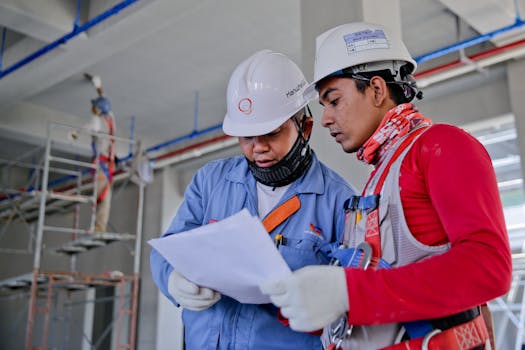Periodic Motorcycle Inspection: What to Consider
Motorcycles are not just a mode of transportation; they are a passion for many riders. However, like any vehicle, they require regular maintenance to ensure safety and performance. Periodic motorcycle inspections are crucial for identifying potential issues before they become serious problems. This article will explore the key considerations for motorcycle inspections, the benefits of regular checks, and tips for ensuring your bike remains in top condition.
The Importance of Periodic Inspections
Regular inspections are essential for several reasons:
- Safety: A well-maintained motorcycle is safer to ride. Regular inspections can help identify worn tires, faulty brakes, or other issues that could lead to accidents.
- Performance: Inspections help ensure that your motorcycle runs smoothly. This includes checking the engine, transmission, and other critical components.
- Longevity: Regular maintenance can extend the life of your motorcycle. By addressing minor issues early, you can prevent them from developing into major repairs.
- Legal Compliance: In many regions, periodic inspections are required by law. Failing to comply can result in fines or the inability to register your motorcycle.
Key Components to Inspect
When conducting a periodic inspection, several key components should be checked to ensure the motorcycle is in good working order:
- Tires: Check for tread depth, wear patterns, and proper inflation. Under-inflated or worn tires can significantly affect handling and safety.
- Brakes: Inspect brake pads, discs, and fluid levels. Effective brakes are crucial for safe stopping.
- Lights: Ensure all lights, including headlights, taillights, and turn signals, are functioning properly. Visibility is key for safety.
- Fluid Levels: Check oil, coolant, brake fluid, and transmission fluid levels. Low fluid levels can lead to engine damage or overheating.
- Chain and Sprockets: Inspect the chain for wear and proper tension. A well-maintained chain ensures smooth power transfer and prolongs the life of the sprockets.
- Battery: Check the battery for corrosion and ensure it holds a charge. A failing battery can leave you stranded.
Case Studies: The Consequences of Neglect
Neglecting periodic inspections can lead to severe consequences. For instance, a study by the National Highway Traffic Safety Administration (NHTSA) found that approximately 30% of motorcycle accidents are attributed to mechanical failure. In one notable case, a rider experienced brake failure due to worn brake pads that had not been inspected. The rider was unable to stop in time, resulting in a serious accident.
Another case involved a motorcycle that suffered a catastrophic engine failure due to low oil levels. The owner had not checked the oil for several months, leading to significant repair costs and downtime. These examples highlight the importance of regular inspections and maintenance.
Tips for Effective Inspections
To ensure your motorcycle remains in optimal condition, consider the following tips for effective inspections:
- Create a Checklist: Develop a comprehensive checklist for your inspections. This will help ensure that no critical components are overlooked.
- Schedule Regular Inspections: Set a schedule for inspections based on your riding frequency and the manufacturer’s recommendations.
- Use Professional Services: While some inspections can be done at home, consider using professional services for more complex checks, especially for safety-critical components.
- Keep Records: Maintain a log of inspections and maintenance performed. This can help track issues over time and is useful for resale value.
Conclusion
Periodic motorcycle inspections are a vital aspect of responsible riding. They not only enhance safety and performance but also contribute to the longevity of your motorcycle. By understanding the key components to inspect, learning from case studies, and following effective inspection tips, riders can ensure their motorcycles remain in excellent condition. Remember, a little preventive maintenance goes a long way in keeping you safe on the road and enjoying the ride to its fullest.
